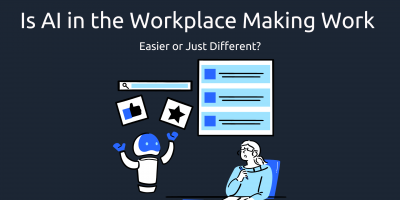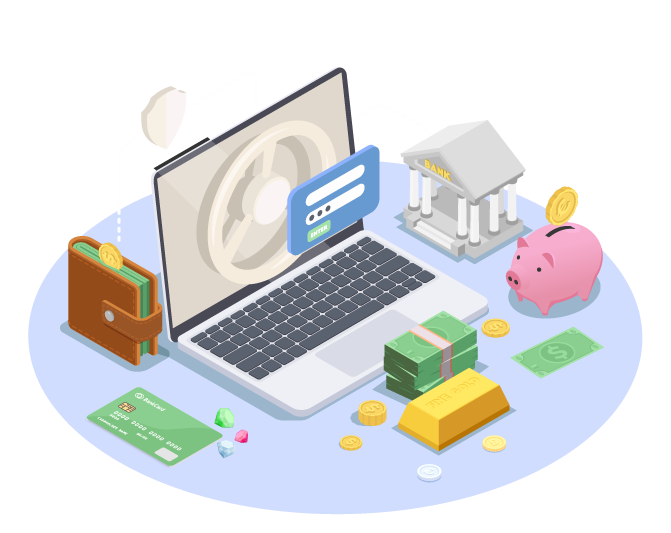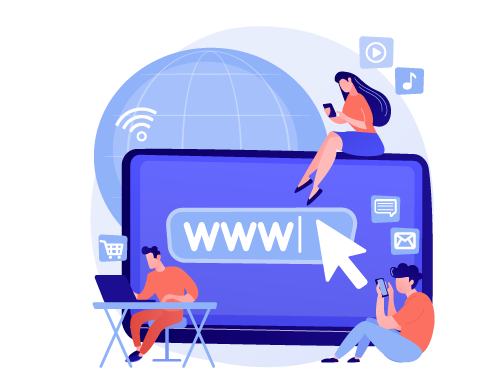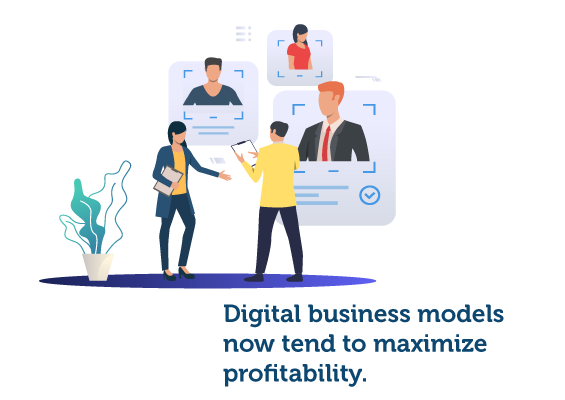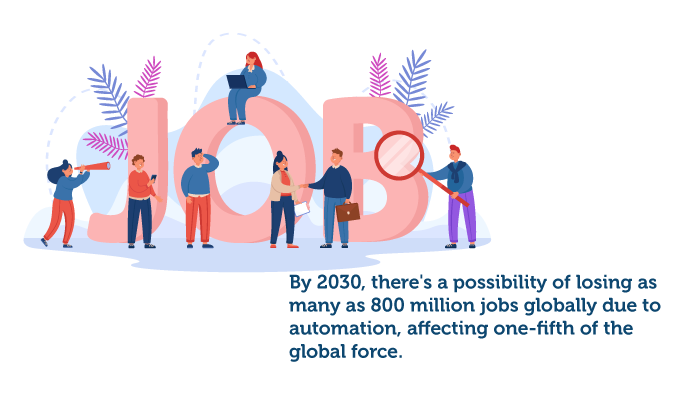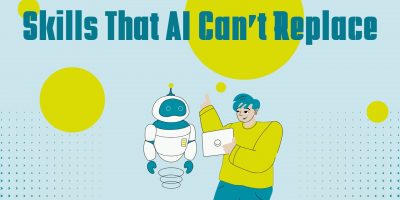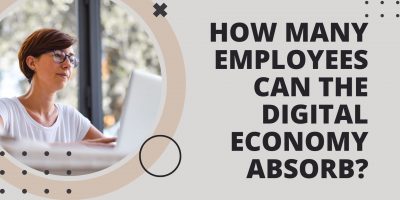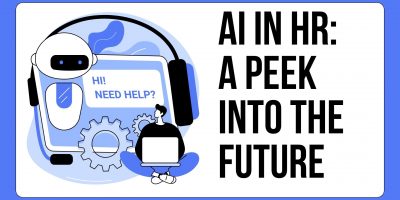Although seemingly, there should be a significant skill gap with the emergence of new technologies, the digital economy can soften the blow by absorbing skilled workers from reducing or disappearing sectors.
Digital innovations are already changing the demand for hard and soft skills in the labor force, causing old industries to shrink while accelerating the creation of new ones.
For example, China’s workforce saw an increase in e-commerce, delivery, and social media jobs, with more than five million new positions opening in the first half of 2020.
Andre Oentoro, CEO and Founder of Breadnbeyond, explains these employment opportunities: “The digital economy is still in its early developmental stages, so it is hard to predict how many employees it can eventually absorb.
However, given the current trends, it is safe to say that the number will be substantial.
That is because digitalization brings with it a new set of opportunities.
A company can hire employees from anywhere worldwide, regardless of their location. As they can tap into a global pool of talent, it means that the digital economy can absorb more employees than ever before.”
However, this economy can potentially increase employment inequality, creating the risk for low-skilled workers to be displaced by new technologies or overqualified workers to accept jobs requiring lower education levels.
For a more effective absorption of competent workers in the emerging digital workforce, employers and employees should invest in education and technical training for skills that are increasing in demand with the expansion of the internet economy.
Ebnu Sudarso, Co-Founder of Milkwhale, agrees with the idea of reskilling, adding: “The digital economy is growing as we speak. You might have seen a lot of job openings in this sector, which will keep increasing as we embrace technological development.
I don’t think there is a limit to how many employees the digital economy can absorb.
It all depends on how many employees are looking to increase their skill set and immerse themselves in the digital world.”
